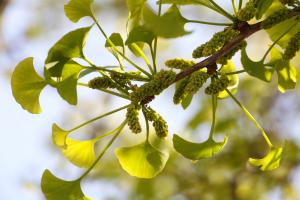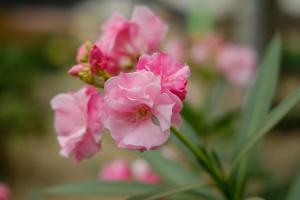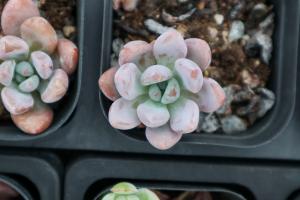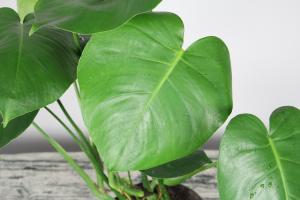Introduction
Water beads are often used as an interesting decorative item in flowers and plants, but many people also use them to supply nutrients to plants potted in them. This article will explore the question of whether water beads can, in fact, provide nutrients to plants and discuss the benefits and drawbacks of this gardening method.
What are Water Beads?
Water beads are small, round, gel-like structures that are non-toxic and environmentally friendly. They are made of a superabsorbent polymer that absorbs and retains water, making them an ideal decorative item in vases, bowls, and flower arrangements. However, when water beads are used in gardening, they have a different purpose and use.
Can Water Beads Supply Nutrients to Plants Potted in Them?
Water beads are not a source of nutrients for plants, but they can be used as a medium for plants to grow in. When water beads are hydrated, they create a moist environment for the roots of the plant, allowing it to absorb water and other nutrients that are dissolved in the water. However, water beads cannot provide any additional nutrients to the plant, and it is the responsibility of the gardener to ensure that the plant is getting enough nutrients.
The Benefits of Using Water Beads in Gardening
Using water beads in gardening has its benefits. Firstly, water beads help to conserve water as they are able to retain water for long periods of time. This is especially beneficial for plants that require a lot of water to grow. Secondly, water beads provide a stable environment for plant roots as they hold the plants in place, keeping them from being knocked down or moved around. Finally, water beads are a great alternative to soil for those who are allergic to or have sensitive skin that is affected by soil.
The Drawbacks of Using Water Beads in Gardening
Despite the benefits, using water beads in gardening also has its drawbacks. First of all, water beads can be expensive to purchase, making it a less accessible option for some gardeners. Secondly, water beads need to be monitored regularly to ensure that they remain hydrated, and they can dry out quickly, leading to the death of the plant. Finally, water beads can pose a choking hazard to animals and children if ingested.
Conclusion
In conclusion, while water beads cannot provide any additional nutrients to plants, they can serve as a medium for planting as they create a moist environment that allows for the roots to absorb water and other dissolved nutrients. Using water beads in gardening has its benefits, but it also has its drawbacks. It is important to weigh the pros and cons before deciding whether to use water beads in gardening and to monitor them regularly to ensure that the plant is healthy and thriving.

 how many times do yo...
how many times do yo... how many planted tre...
how many planted tre... how many pine trees ...
how many pine trees ... how many pecan trees...
how many pecan trees... how many plants comp...
how many plants comp... how many plants can ...
how many plants can ... how many plants and ...
how many plants and ... how many pepper plan...
how many pepper plan...






























